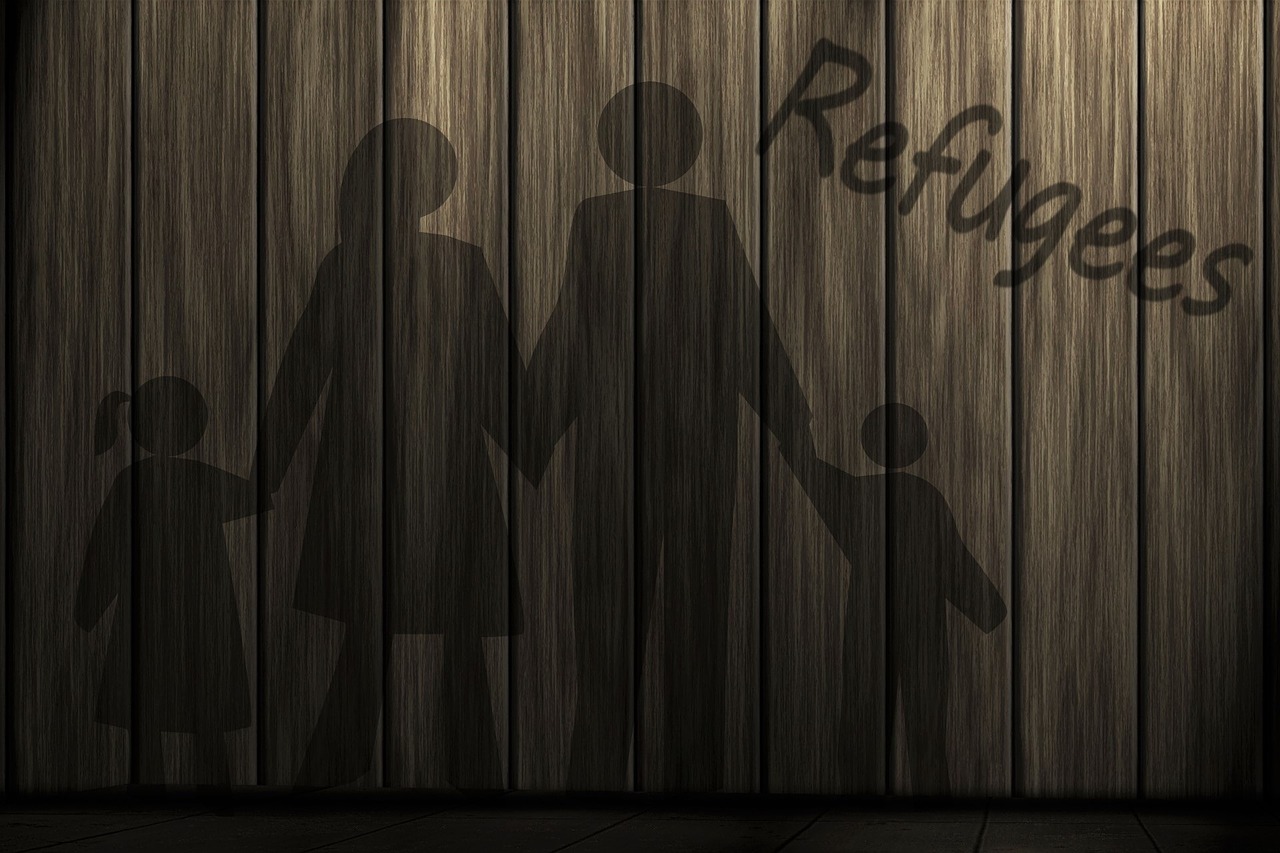 June 20 is recognized as World Refugee Day. There are over 25 million refugees in the world, in addition to over 3 million asylum seekers. Over half of the world’s refugees are children. In addition to these figures, 40 million people have been displaced from their homes and remain within their countries. Each day, 44,400 people have to flee from their homes.
June 20 is recognized as World Refugee Day. There are over 25 million refugees in the world, in addition to over 3 million asylum seekers. Over half of the world’s refugees are children. In addition to these figures, 40 million people have been displaced from their homes and remain within their countries. Each day, 44,400 people have to flee from their homes.
Taken together, about 69 million people are considered forcibly displaced.
Well over half of the present number of refugees have come from South Sudan (2.4 million), Afghanistan (2.6 million), and Syria (6.3 million). Turkey, Uganda, Pakistan, Lebanon, and Iran are the top refugee-hosting countries.
Since 1975, the United States has received 3.3 million refugees for permanent settlement. This number is more than any other country in the world. Between 2001-2016, most of the refugees came from the Middle East, Asia, and Africa. In 2016, Muslims comprised 46% of those arriving (compared to 44% Christian).
In addition to providing figures, I also want to provide some clarity of definition. The media–and the populace–often provide us with an incorrect definition of a refugee. For example, when hurricane Katrina struck New Orleans, those fleeing the city were labeled as refugees. Sometimes those held in border detention centers are referred to as refugees. People running from a natural disaster are called refugees. And even worse, some churches, mission agencies, and individuals speak of refugees as anyone who has migrated to this country; thus, all cross-cultural ministry becomes refugee work.
However, a very rigid definition is given to those who are refugees. According to the United Nations High Commissioner for Refugees, a refugee is:
“someone who has been forced to flee his or her country because of persecution, war, or violence. A refugee has a well-founded fear of persecution for reasons of race, religion, nationality, political opinion or membership in a particular social group. Most likely, they cannot return home or are afraid to do so.”
One does not automatically become a refugee whenever they arrive at a country’s border. Here is a summary of the process, according to the United Nations High Commissioner for Refugees:
“When people flee their own country and seek sanctuary in another country, they apply for asylum – the right to be recognized as a refugee and receive legal protection and material assistance. An asylum seeker must demonstrate that his or her fear of persecution in his or her home country is well-founded.”
The process to be recognized as a refugee often takes years.
On this World Refugee Day, let us remember the nations on the move. The refugee is the neediest of the neediest. His or her situation is dire and tragic. We must show and share the love of Jesus with them. Even though they have fled from the evils of mankind, we recognize our sovereign Lord is the Divine Maestro orchestrating the movement of the nations for His glory. He has determined where and when people will live. He does this–even through the plight of the refugee–that they should seek Him and find Him (Acts 17:26-27).
If you would like more information on understanding and ministering to refugees, I recommend the following resources:
J. D. Payne, Strangers Next Door: Immigration, Migration, and Mission
Strike the Match episode with Stephan Bauman, former President and CEO of World Relief
